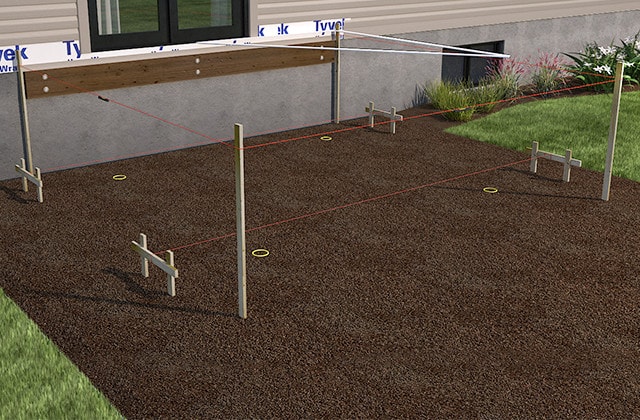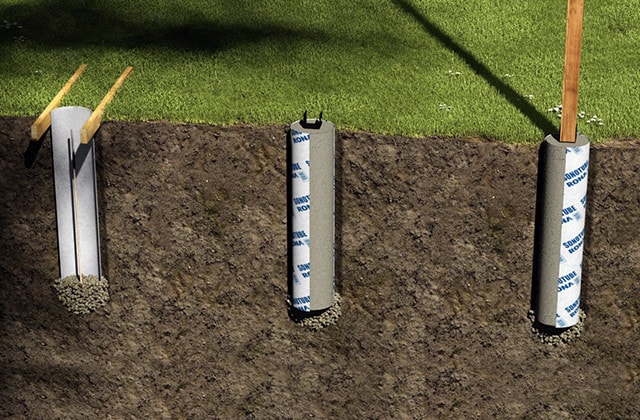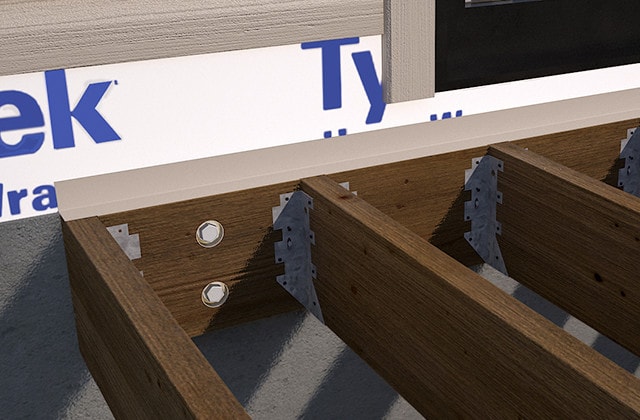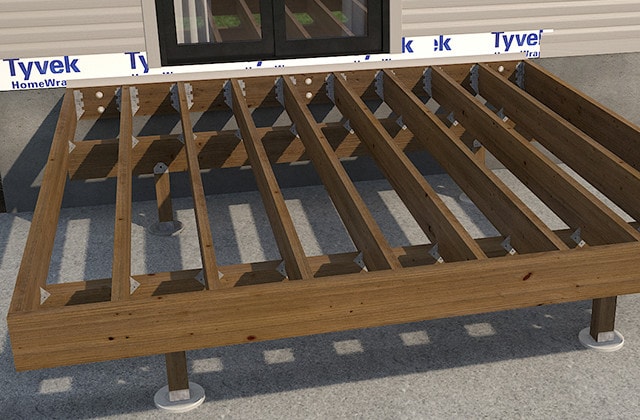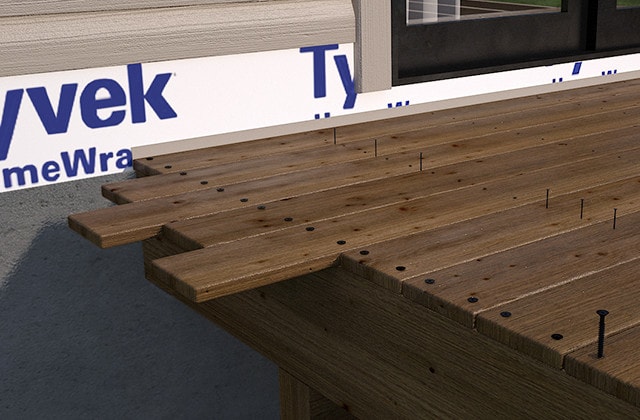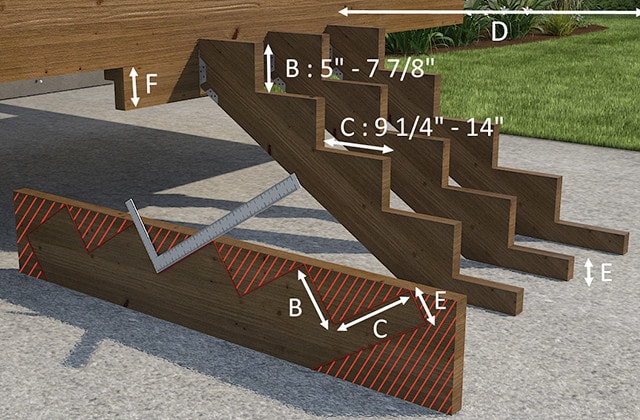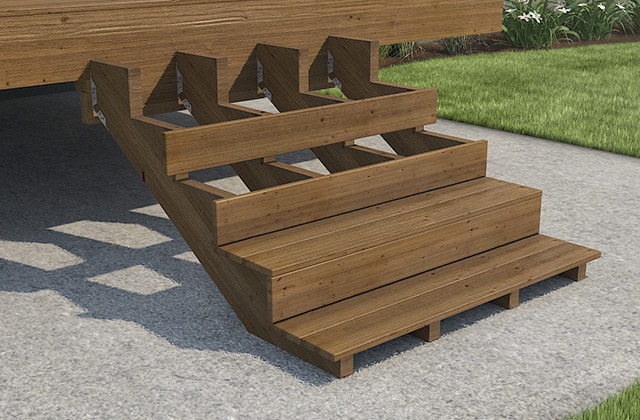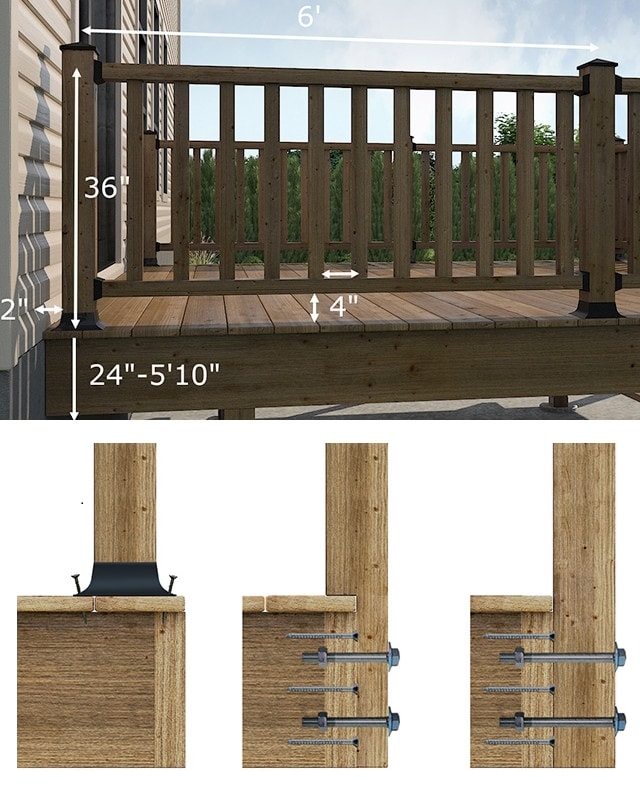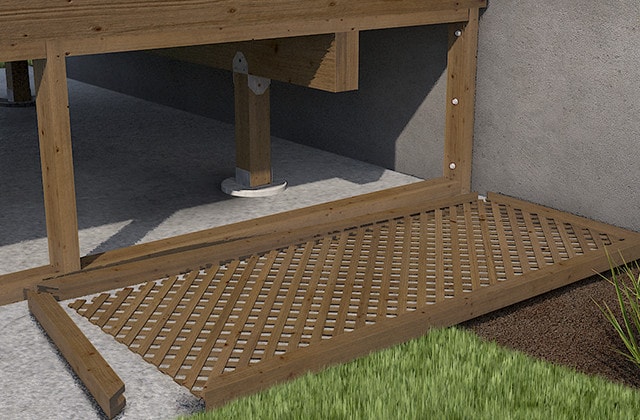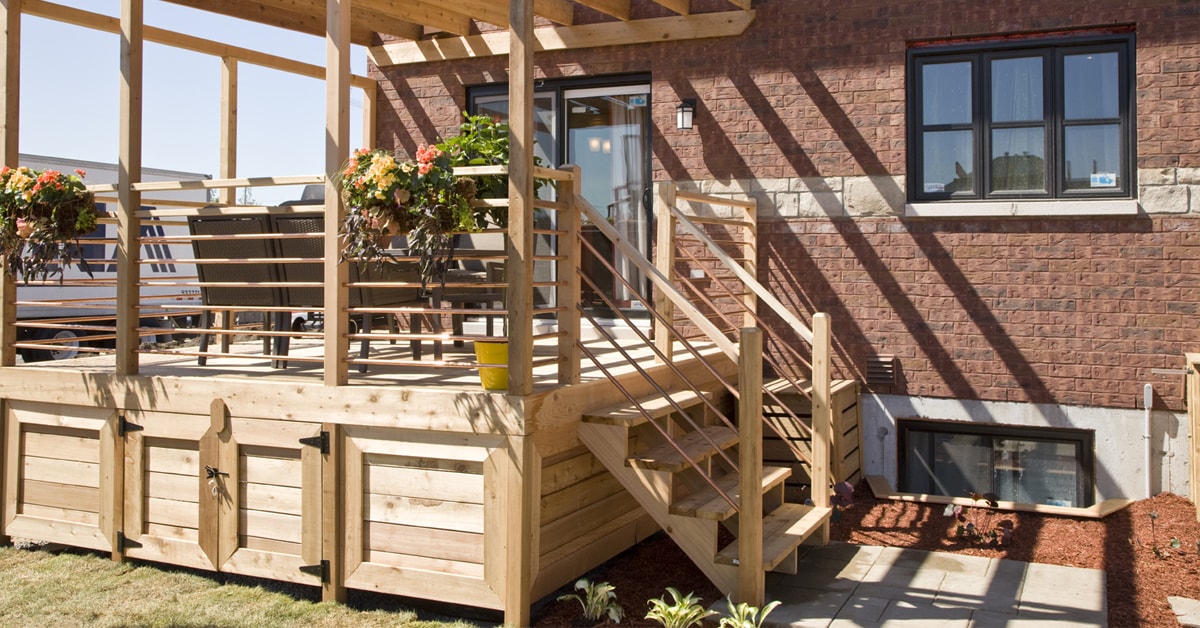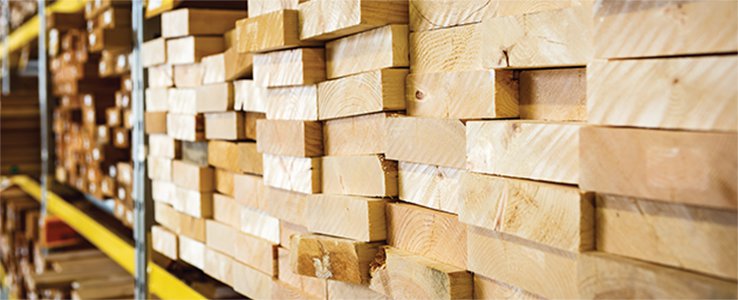Pressure-Treated Wood: Safety Considerations
- Wear gloves, long sleeves, eye protection and a dust mask when sawing, sanding or working with treated wood to protect against skin contact, sawdust inhalation, and splinters. It’s for your own safety!
- Do not dispose of treated wood remnants or sawdust in compost heaps. Do not use treated-wood chips or mulch and do not use as animal bedding or litter.
- Never burn treated wood.









